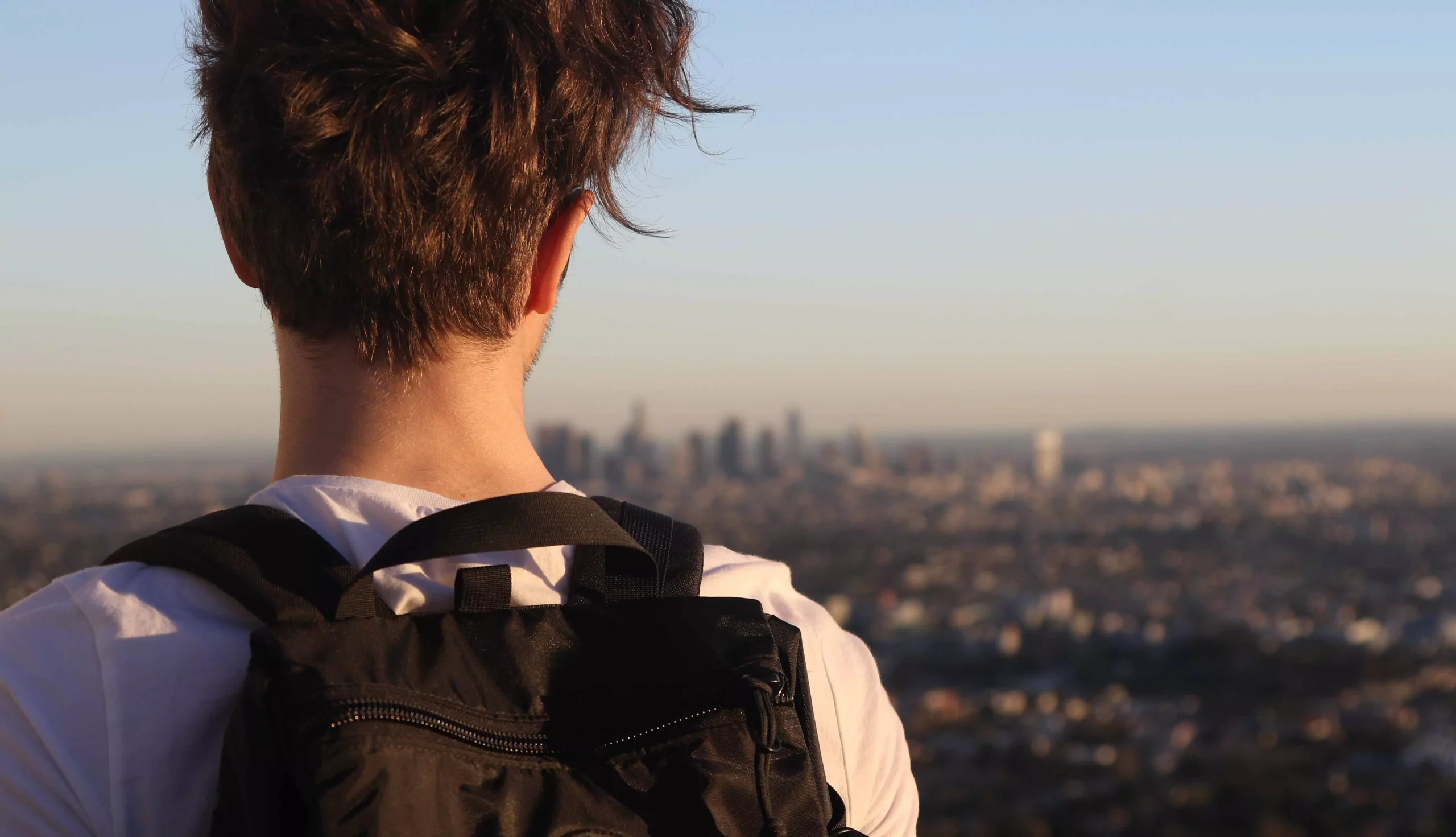By the time you are reading this, I hope that we are over and done with the COVID-19 surge. And I hope that it’s the only one that we will experience. However, if history is any guide, it would be unsurprising to face another pandemic in our lifetimes. The concomitant economic downturn might be new to some of us, but for others, we see the shadows of what was happening to our financial well-being in 2008-2009.
At the crux of this somewhat unprecedented juncture are our medical students. Most too green to be making complex ventilation decisions in the ICU, but many experienced enough to gather basic physiologic data, interpret it, and report critical situations to more experienced residents and attendings.
Senior medical students have dedicated thousands of hours towards learning the art and practice of medicine. The current pandemic offers opportunities for them to step outside of their comfort zones, and offer their expertise during a time that they are needed most.
Naturally, there’s some anxiety regarding the unknown, and the prospect of getting ill. We are currently seeing older, retired doctors re-entering the workforce despite their greater likelihood of contracting severe disease. They are setting the example of what we all agreed to do during our first utterance of the Hippocratic Oath.
“I will remember that I remain a member of society, with special obligations to all my fellow human beings.”
Your fellow (wo)man and co-workers are turning to you for help. Which is why the AAMC decision to suspend clinical rotations must be called into question. Even before this, some medical schools were allowing medical students to opt out of caring for patients with COVID-19.
Now, just as there are few absolutes in life, I’m not suggesting that a student who is slated to be on their anesthesia rotation, and who does not have adequate PPE, runs to the head of the bed to attempt their 3rd intubation on a COVID-positive patient who is coughing into their face. But why shouldn’t an apt 4th year sub-intern be allowed to participate on ICU rounds during this critical time?
There is so much for medical students to learn at this very moment. Hospital resource allocation, ethical dilemmas, end-of-life care, systems-based practice, leadership, population health, and disaster response, just to name a few. There are opportunities and exposures that cannot be learned through hypotheticals, textbooks, and Zoom meetings. Real-time, in the trenches critical thinking and adaptability are skills which are needed in spades right now. If nothing else, students can learn an incredible amount from the response of hospital leadership, and would better do so from the wards as opposed to from home.
Let me reiterate I am not suggesting turning this into a war of attrition. I don’t think that unprotected, PPE-less medical students should be learning invasive procedures on these positive patients. But there has to be a middle ground between that and total cessation of clinical practice. I commend those students who have been forced onto the sidelines that are actively trying to find ways to help. There have been incredible stories about gathering PPE donations, running food drives, and assisting in a telemedicine role. While they don’t provide the same medical knowledge growth as clinical rotations, they are creative solutions that benefit everyone.
I will leave you with a bit of historical context that has come to mind quite often, as hospitals face possible ventilator shortages. In 1952, Copenhagen, Denmark was hit with an epidemic of poliomyelitis, many cases of which involved the bulbar swallowing/breathing muscles. Patients suffered from the inability to clear secretions, and necessitated ventilatory support. As you might imagine, the number of ventilators grew short relatively quickly, and patients were unable to support breathing on their own.
Who stepped up when the health system needed them? 200 medical students, providing AROUND-THE-CLOCK, 24/7 bag-ventilation via tracheostomy tubes. They did not complain that the exercise lacked educational value. They weren’t sheltered from a difficult situation. They were called upon to save the lives of their fellow man, just as they intended to do by entering the craft. When all was said and done, it has been reported that 1,500 students worked as human ventilators, compiling 165,000 man-hours of care. (To read more about this event, click here.)
The early graduation that some medical schools are arranging for their fourth-year students is a huge step in the right direction. The public needs you, medical students! Answer the call.





